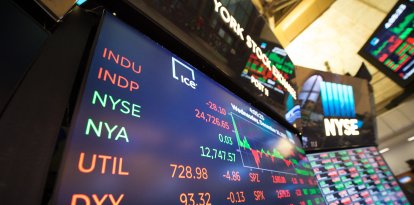All-time high: Credit card interest rates cost consumers $25 billion in 2023
A new report from the Consumer Financial Protection Bureau (CFPB) revealed that the average annual percentage rate (APR) on cards nearly doubled in 2023 (22.8%) compared to 2013 (12.9%).

()
A new report from the Consumer Financial Protection Bureau (CFPB) revealed that the average annual percentage rate (APR) on credit cards nearly doubled to 22.8% in 2023 compared to 12.9% in 2013. This increase cost consumers $25 billion in interest payments.
According to an analysis by the Federal Reserve's data office, the RWA reached its highest level (late last year) since records began in 1994.
Card debt at all-time high
The large increase in the APR comes as credit card debt reached an all-time high in 2023 (surpassing $1.1 trillion) and one of the reasons for the increase in the ARP is credit card issuers who increased their spending margin. The CFPB stated in the report:
These record debt levels in the credit card category drove - for the most part - the increase in overall household debt, reaching $17.06 trillion. According to the Fed:
Most Americans live from paycheck to paycheck
A Bankrate survey revealed last year that credit card usage was on the rise. The survey found that 42% of Americans aged 27 to 42 (Millennials) increased their use of credit to cover their daily expenses. This was also true for 27% of 43 to 58-year-olds (Generation X).
Current data shows that the percentage of consumers living paycheck to paycheck is increasing. In December 2022, around 166 million Americans said their monthly salary was not enough to cover their expenses. The figure equates to 64% of the national population and represented a 3% year-over-year increase compared to the 61% reported in December 2021.
Ted Rossman, senior industry analyst at Bankrate, said:
RECOMMENDATION





















